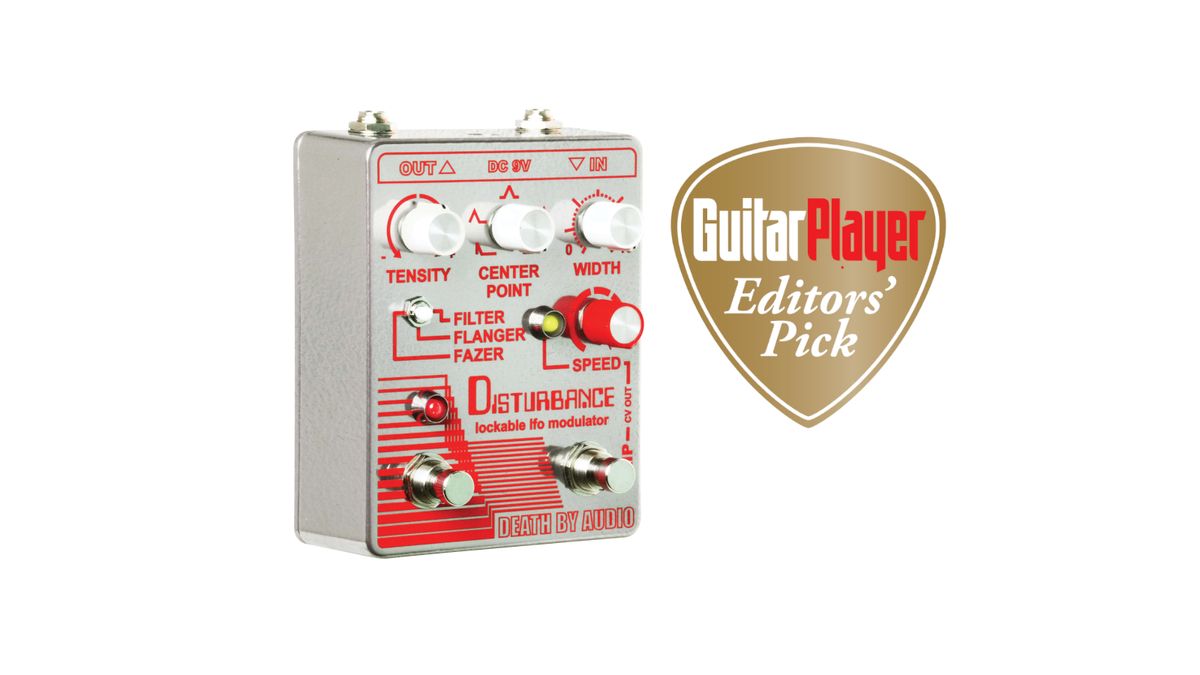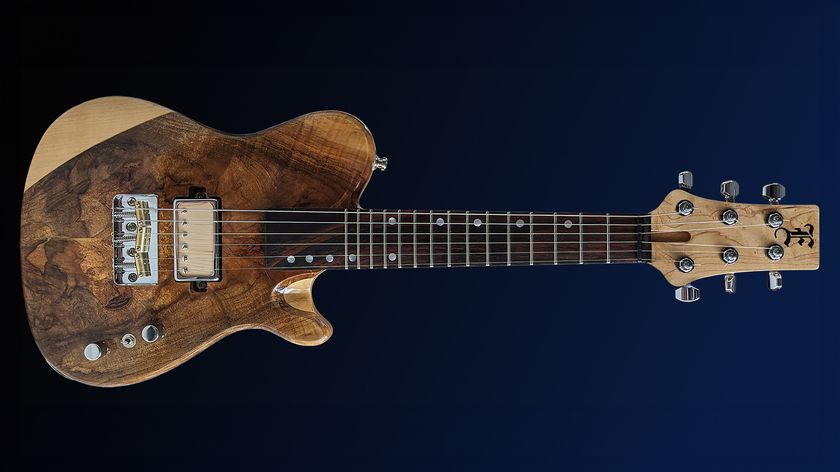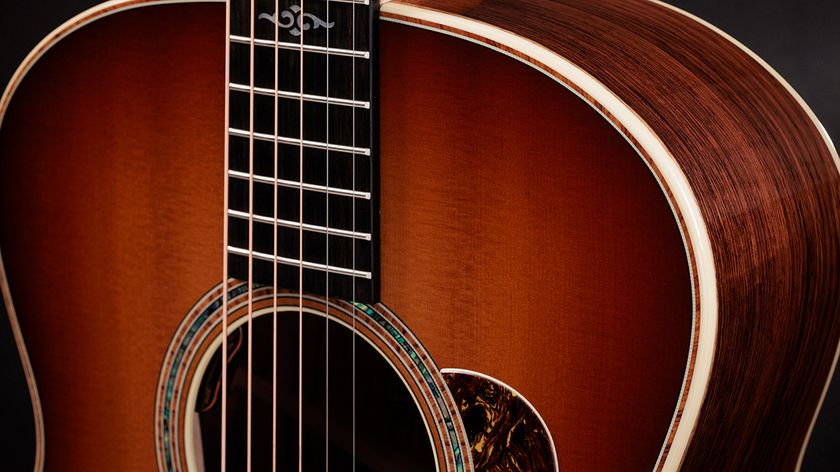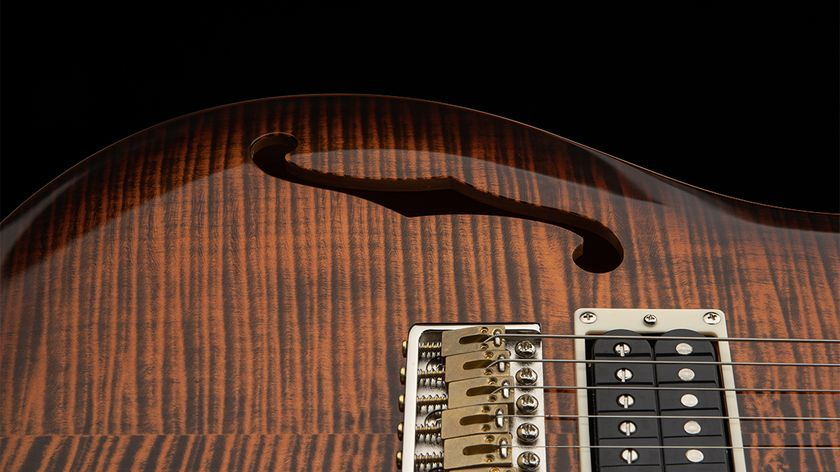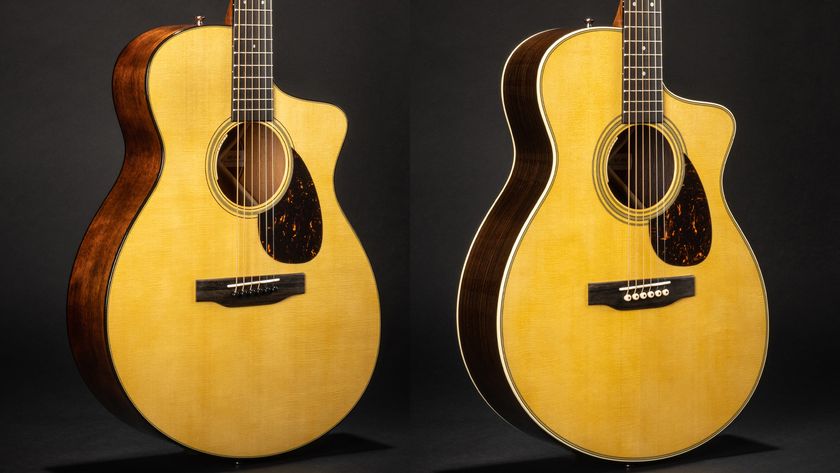GuitarPlayer Verdict
A pedal you could likely explore for a lifetime without getting bored
Pros
- +
A deceptively powerful soundscape sculptor that nevertheless delivers subtle and musical traditional-leaning modulation sounds
Cons
- -
Returning quickly to favorite settings might require extended use and experience
You can trust Guitar Player.
The Queens, New York-based effects maker Death by Audio has been thrilling us with inspiring sound-sculpting devices for several years now, and its new Disturbance pedal promises another boatload of creative aural mayhem.
Billed as a Lockable LFO Modulator pedal, Disturbance includes filter, flanger and phaser capabilities with the bonus of an option to lock the LFO modulation in order to freeze eerie soundscapes in place within the sweep. The result yields a plethora of textured synth-like tones for electric guitar, bass or whatever you plug into it, in addition to more traditional modulation effects.
And, as with most things from DBA’s mad scientists, the pedal is capable of more than first meets the eye. For all of its eponymous disturbance, the pedal boasts a relatively straightforward layout, although the controls are so interactive and interdependent that it really behooves you to take time to explore the myriad combinations unearthed by various twists of the knobs, as we shall see later.
The Tensity knob is a bidirectional control with center detent that controls the feedback amount and therefore the intensity of the effect. (DBA’s chosen spelling makes some sense given the tense nature of many tones available here.)
Center Point controls the LFO’s width and center point and therefore interacts closely with the width knob next to it, which controls the LFO’s range.
The red speed knob governs the rate of the modulation, which can be frozen entirely by stomping on the Trip foot switch; a green LED beside the speed knob means the modulation is active, while red means it’s frozen.
The other foot switch is the pedal’s traditional bypass, and the three-way mini-toggle selects the basic effect type: filter, flanger or Fazer (an eight-stage phaser).
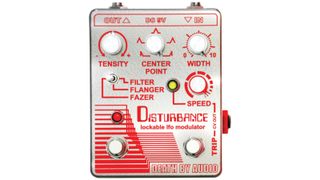
Input and output are mono and mounted on the front face of the box, on either side of the center-negative nine-volt DC input that draws 67mA of current. But there’s also a sneaky CV (control voltage) output on the right side of the unit that can be connected to other effects with expression inputs to take over their modulation rates. (A CV output voltage trimmer lurks inside the pedal, so you can match it to the required specs of other pedals.)
It’s all housed in a rugged metal box with a mirrored finish that’s arguably rather disturbing in its own right, depending on your band’s light show, and adorned with retro-leaning red graphics.
Inside, the pedal, Disturbance reveals DBA’s usual rugged, high-quality construction, bolstering a digital circuit that does the heavy lifting.
I tested Disturbance using a Fender Jaguar and a Gibson non-reverse Firebird V into a custom tweed Deluxe-style combo and a 65amps London tube amp head and 2x12 cab, alongside a selection of other pedals, and I quickly discovered a mind-boggling range of sounds.
I predict the bulk of demo videos for this pedal will lean heavily into the more extreme sounds it’s capable of generating and some of the harsher voicings achieved with the LFO paused – and they are in here, for sure.
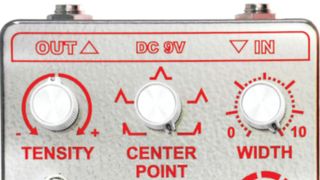
But I would be remiss not to mention right up front the beauty and musicality of the three types of modulation available here. These can also be pushed to the far reach of seasick wobbliness if you want, like any of the more complex phaser or flanger pedals available. But if used judiciously and set to enhance your tone rather than (ahem) disturb it, all three will deliver lush, multidimensional depth and movement. I, for one, was loath to turn it off once I’d gotten rolling.
In use, the eternally morphable nature of the pedal’s controls comes quickly into focus. The Tensity knob essentially increases the intensity of the effect either way you turn it, but does so in different ways depending on whether it’s pointed toward the plus or minus sign. It also changes its function further depending on the effect you’re using it with, and to greater or lesser extremes depending on the Center Point and width settings.
While the pedal as a whole really begs for some exploring, all this interactivity allows you to apply a surprising amount of control to – and extract an astoundingly diverse sonic palette from – the filter, flanger and phaser within the box, and get more range out of them than some single-effect pedals with more controls.
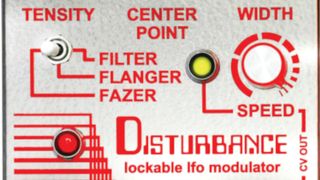
Many of the pedal’s more distinct sounds come from settings in between the subtle and the extreme. For example, there are sounds here that emulate a modulated auto-wah, rotary speaker, harmonic vibrato, a chewy merging of phaser and flanger, and more.
The only immediate downside to all of this might be that there is no programmable/preset feature in the pedal, so revisiting any favorite settings discovered likely requires extended familiarity, and a good memory.
In addition to all the modulated sounds, the paused-LFO feature delivers everything from subtle revoicings of your core tone to aggressively smashed and honky or percussive sounds. Think of it as a cocked-wah, of sorts, yet with a near-infinite and instantly re-selectable range of settings.
In short, Death by Audio’s Disturbance is a pedal you could likely explore for a lifetime without getting bored.
For that and its uniquely creative approach to modulation effects, it earns an Editors’ Pick Award.
Specifications
- CONTROLS: Depth, Center Point, Tensity (intensity), speed. Three-way Filter/Flanger/Fazer switch; foot switches for on/off and Trip
- EXTRAS: Input, output, CV out, center-negative 9VDC adaptor input
- SIZE: 4.5” x 3.65” x 1.9” (excluding feet and knobs)
- BUILT: Assembled in USA
Visit Death by Audio for more information.
Dave Hunter is a writer and consulting editor for Guitar Player magazine. His prolific output as author includes Fender 75 Years, The Guitar Amp Handbook, The British Amp Invasion, Ultimate Star Guitars, Guitar Effects Pedals, The Guitar Pickup Handbook, The Fender Telecaster and several other titles. Hunter is a former editor of The Guitar Magazine (UK), and a contributor to Vintage Guitar, Premier Guitar, The Connoisseur and other publications. A contributing essayist to the United States Library of Congress National Recording Preservation Board’s Permanent Archive, he lives in Kittery, ME, with his wife and their two children and fronts the bands A Different Engine and The Stereo Field.
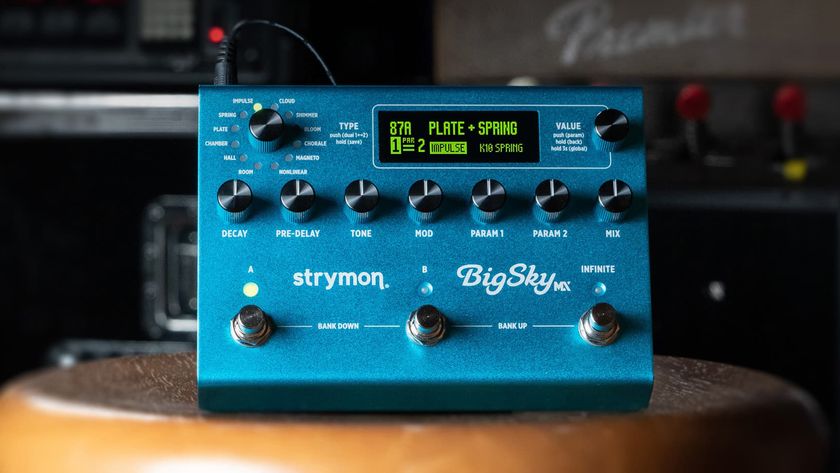
"BigSky MX will be replacing the BigSky as my go-to reverb pedal. I’ve heard nothing that covers all the bases with such pristine and detailed audio quality." We crowned the Strymon BigSky MX the champ of multi-reverb pedals
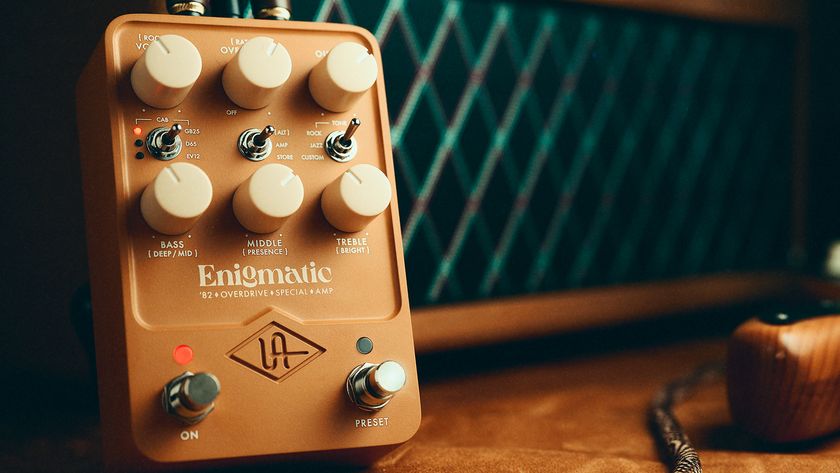
“The pedal is scary good. I haven’t met a guitar player yet who disagrees." Does the new Universal Audio Enigmatic ’82 Overdrive Special Amp pedal capture that Dumble magic? We compared notes with Dumble aficionado Ben Harper
